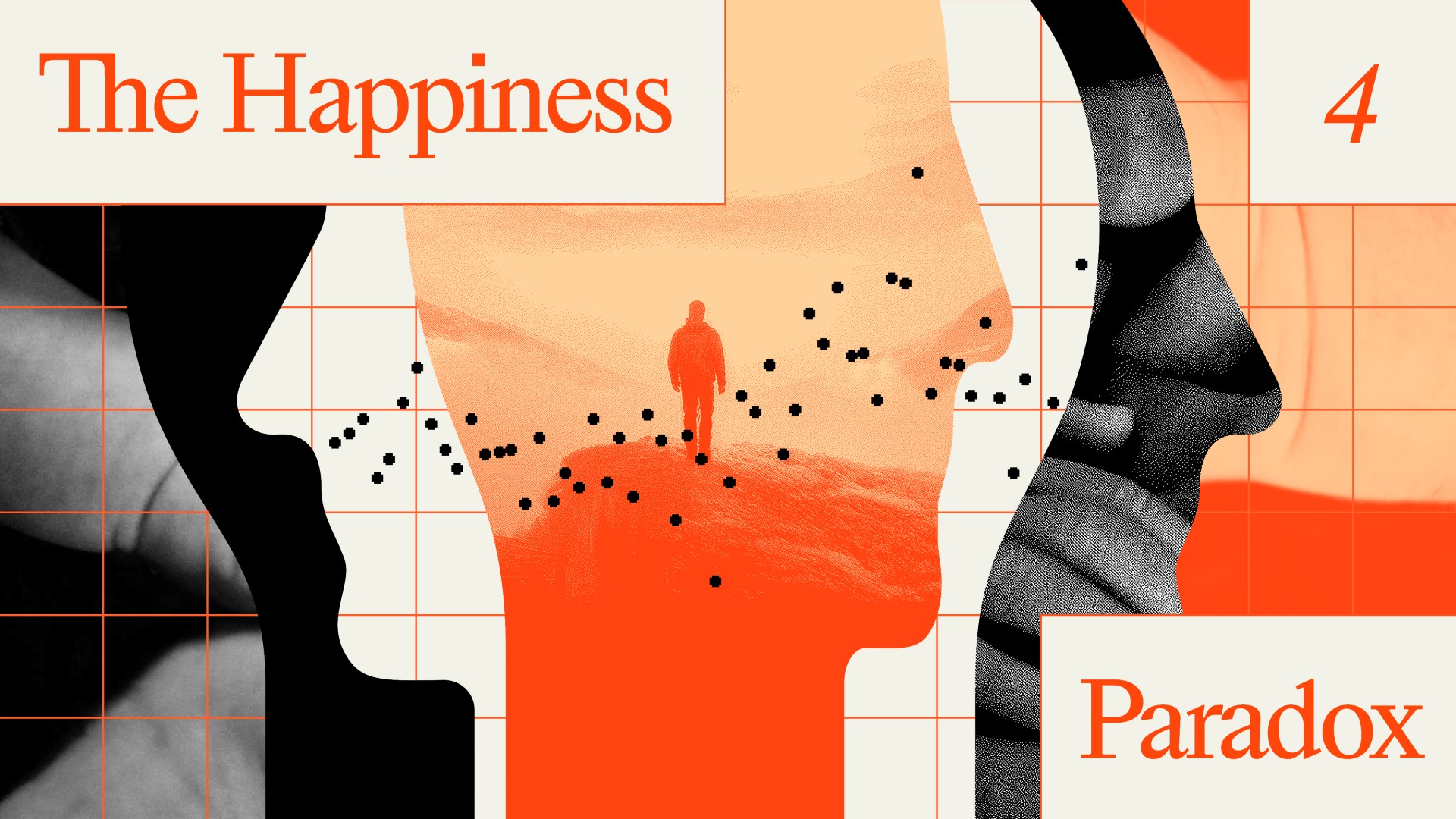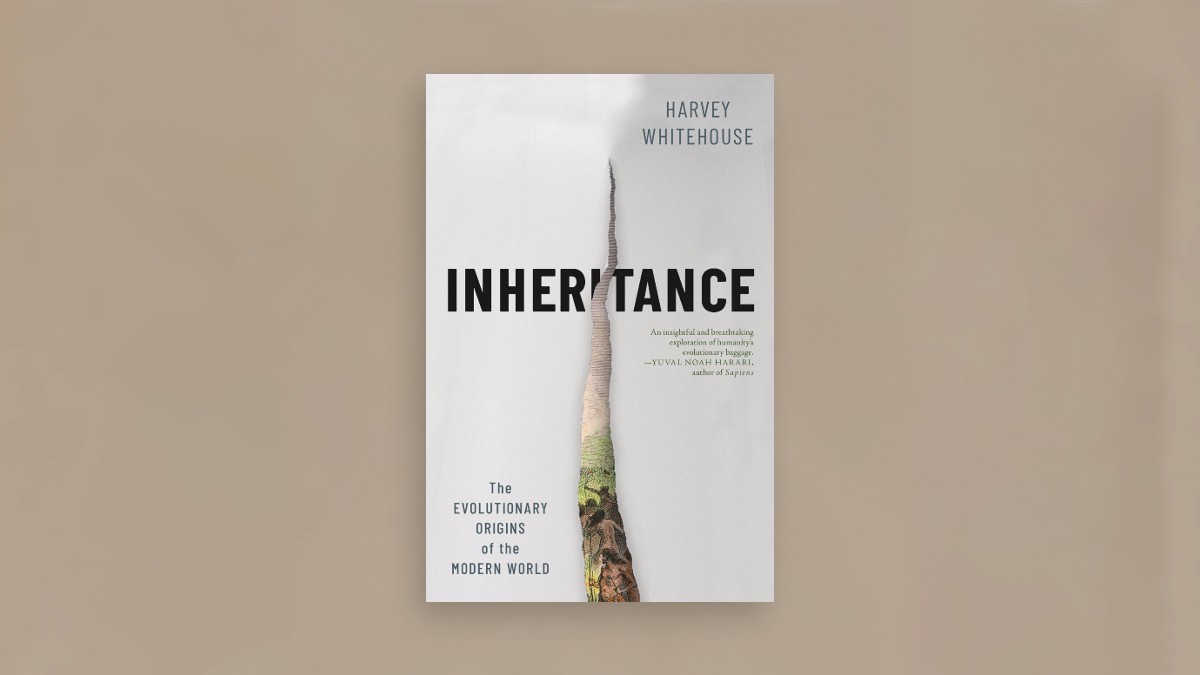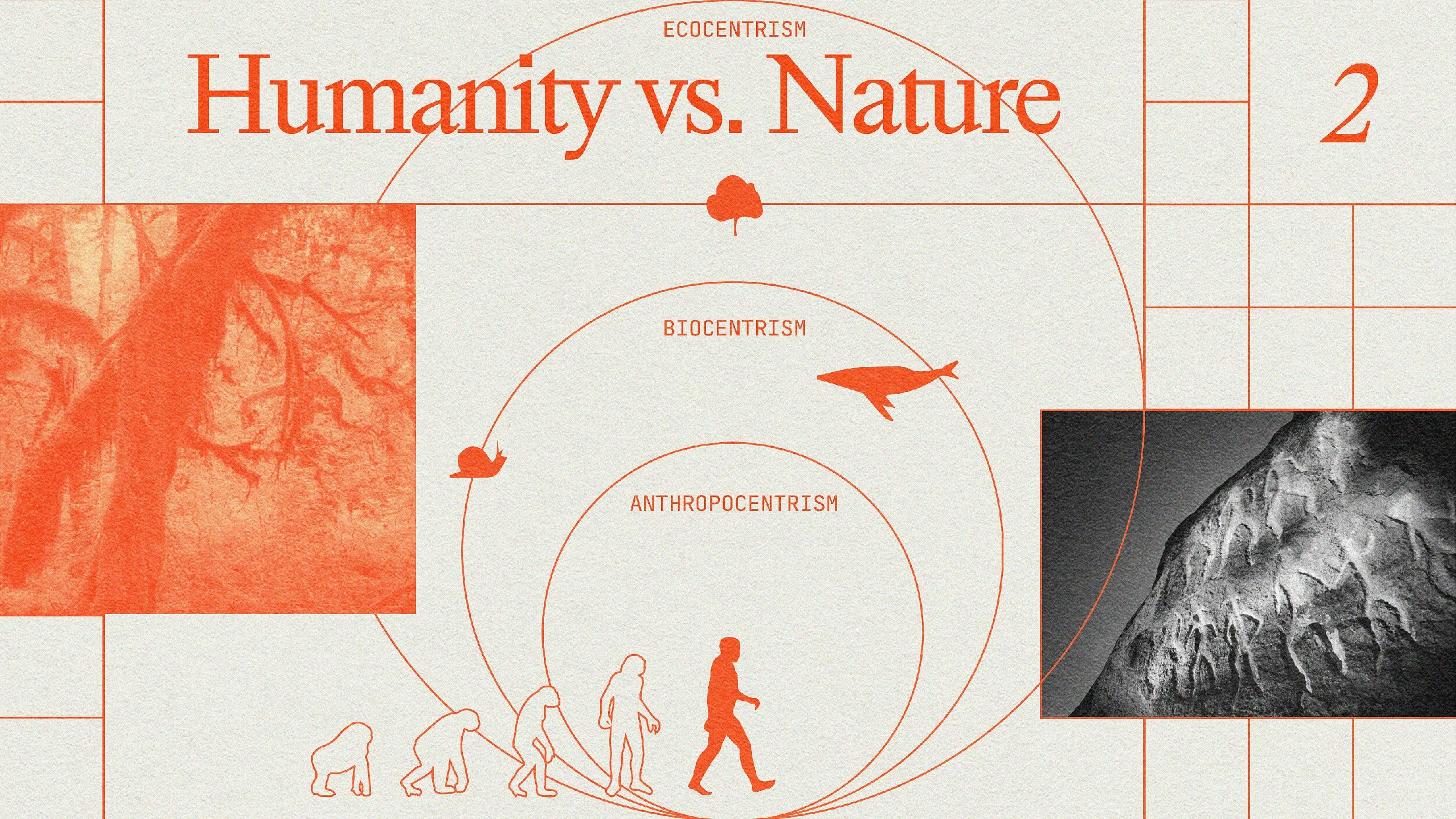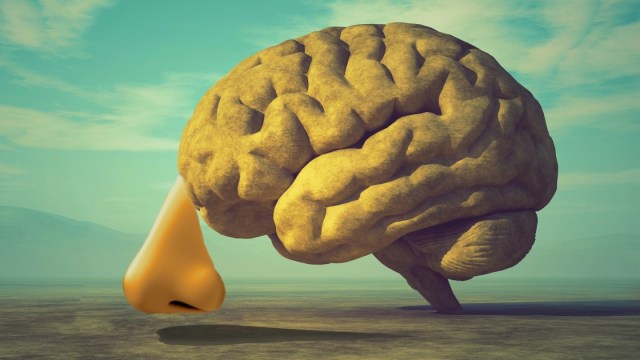What are we like? 10 psychology findings that reveal the worst of human nature
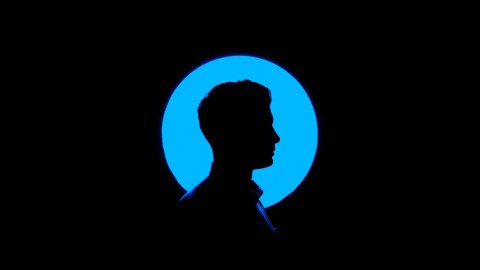
It’s a question that’s reverberated through the ages – are we humans, though imperfect, essentially kind, sensible, good-natured creatures? Or deep down are we wired to be bad, blinkered, idle, vain, vengeful and selfish? There are no easy answers and there’s clearly a lot of variation between individuals, but this feature post aims to shine some evidence-based light on the matter. Here in the first part of a two-part feature – and deliberately side-stepping the obviously relevant but controversial and already much-discussed Milgram, Zimbardo and Asch studies – we digest 10 dispiriting findings that reveal the darker and less impressive aspects of human nature:
We view minorities and the vulnerable as less than human
Through history humans have demonstrated a sickening willingness to inflict cruelty on one another. Part of the explanation may be that we have an unfortunate tendency to see certain groups – especially outsiders and vulnerable people perceived as low status – as being less than fully human. One striking example of this “blatant dehumanisation” came from a small brain-scan study that found students exhibited less neural activity associated with thinking about people when they looked at pictures of the homeless or of drug addicts, as compared with higher-status individuals. Many more studies have since demonstrated subtle forms of dehumanisation (in which we attribute fewer mental states to outsiders and minorities) and there have been further demonstrations of blatant dehumanisation – for instance, people who are opposed to Arab immigration or in favour of tougher counter-terrorism policy against Muslim extremists tended to rate Arabs and Muslims as literally less evolved than average. Among other examples, there’s also evidence that young people dehumanise older people; and that men and women alike dehumanise drunk women.
What’s more, the inclination to dehumanise starts early – children as young as five view out-group faces (those belonging to people who live in a different city or who are of a different gender than the child) as less human than in-group faces.
We already experience schadenfreude at the age of four
That last finding is particularly dispiriting since we often look to young children to give us hope for humankind – they are seen as the sweet and innocent ones who have yet to be corrupted by the grievances of adulthood. And yet many other studies show that very small kids are capable of some less-than-appealing adult-like emotions. For instance, a study from 2013 found that even four-year-olds seem to experience modest amounts of Schadenfreude – pleasure at another person’s distress, especially if they perceived the person deserved it (because they’d engaged in a bad deed). A more recent study found that by age six children will pay to watch an antisocial puppet being hit, rather than spending the money on stickers. Oh, and maybe you should forget the idea of children offering you unconditional kindness – by age three, they are already keeping track of whether you are indebted to them.
We believe in Karma – assuming that the downtrodden of the world must deserve their fate
On a related note, so strong is our inherent need to believe in a just world, we seem to have an inbuilt tendency to perceive the vulnerable and suffering as to some extent deserving their fate (an unfortunate flip-side to the Karmic idea, propagated by most religions, that the cosmos rewards those who do good – a belief that emerges in children aged just four). The unfortunate consequences of our just-world beliefs were first demonstrated in now classic research by Melvin Lerner and Carolyn Simmons. In a version of the Milgram set-up, in which a female learner was punished with electric shocks for wrong answers, women participants subsequently rated her as less likeable and admirable when they heard that they would be seeing her suffer again, and especially if they felt powerless to minimise this suffering. Presumably derogating the woman made them feel less bad about her dismal fate. Since then, research has shown our willingness to blame the poor, rape victims, AIDS patients and others for their fate, so as to preserve our belief in a just world. By extension, the same or similar processes are likely responsible for our subconscious rose-tinted view of rich people.
We are blinkered and dogmatic
It’s not just that we are malicious and unforgiving, we humans are worryingly close-minded too. If people were rational and open-minded, then the straightforward way to correct someone’s false beliefs would be to present them with some relevant facts. However a modern classic published in 1967showed the futility of this approach – participants who believed strongly for or against the death penalty completely ignored facts that undermined their position, actually doubling-down on their initial view. This seems to occur in part because we see opposing facts as undermining our sense of identity. It doesn’t help that many of us are overconfident about how much we understand things, and that when we believe our opinions are superior to others, this deters us from seeking out further relevant knowledge.
We would rather electrocute ourselves than spend time in our own thoughts
Maybe if we spent a little more time in contemplation we would not be so blinkered. Sadly, for many of us, it seems the prospect of spending time in our own thoughts is so anathema we’d actually rather electrocute ourselves. This was demonstrated dramatically in a 2014 study in which 67 per cent of male participants and 25 per cent of female participants opted to give themselves unpleasant electric shocks rather than spend 15 minutes in peaceful contemplation. Although others questioned the interpretation of the results, at least one other study has shown people’s preference for electrocuting themselves over monotony, and another found cross-cultural evidence for people’s greater enjoyment of doing some activity alone rather than merely thinking (also replicated here). The gist of these findings would seem to back up the verdict of the French philosopher Blaise Pascal who stated that “All of man’s troubles come from his inability to sit quietly in a room by himself”.
We are vain and overconfident
Our irrationality and dogmatism might not be so bad were they married with some humility and self-insight, but actually most of us walk about with inflated views of our abilities and qualities, such as our driving skills, intelligence and attractiveness – a phenomenon that’s been dubbed the Lake Wobegon Effect after the fictional town where “all the women are strong, all the men are good-looking, and all the children are above average”. Ironically, the least skilled among us are the most prone to over-confidence (the so-called Dunning-Kruger effect). This vain self-enhancement seems to be most extreme and irrational in the case of our morality, such as in how principled and fair we think we are. In fact, even jailed criminals think they are kinder, more trustworthy and honest than the average member of the public. Our vanity manifests in other ways too: for instance, researchers believe that our preference for donating to charities that share our initials is a form of “implicit egotism”.
We are moral hypocrites
Not only do we tend to overestimate our own virtuousness, we are also inclined to moral hypocrisy. Findings in this area suggest it may pay to be wary of those who are the quickest and loudest in condemning the moral failings of others – the chances are the moral preacher is as guilty themselves, but of course they happen to take a far lighter view of their own transgressions. In one study to show this––suitably titled “The duality of virtue: Deconstructing the moral hypocrite”––researchers found that people rated the exact same selfish behaviour (giving oneself the quicker and easier of two experimental tasks on offer) as far less fair when perpetuated by others, than by themselves. Similarly, there is a long-studied phenomenon known as actor-observer asymmetry, which in part describes our tendency to attribute other people’s bad deeds, such as our partner’s infidelities, to their characters, while attributing the same deeds performed by ourselves as due to situational influences. These self-serving double-standards could even explain the common feeling that incivility is on the increase – recent research showed how we view the same acts of rudeness far more harshly when they are committed by strangers than by our friends or ourselves.
We are all potential trolls
Unfortunately, as anyone who has found themselves in a spat on Twitter will attest, social media may be magnifying some of the worst aspects of human nature, no doubt in part due to the online disinhibition effect, and the fact that anonymity (easy to achieve online) is known to increase our inclinations for immorality. While research has suggested that people who are prone to everyday sadism (which is a worryingly high proportion of us) are especially inclined to online trolling, a study published last year revealed how being in a bad mood, and being exposed to trolling by others, together double the likelihood of a person engaging in trolling – in fact, these situational factors were a stronger predictor of a person’s trolling behaviour than their individual traits, leading the researchers at Stanford and Cornell to conclude “that ordinary users will also troll when mood and discussion context prompt such behavior”. Of course this implies that initial trolling by a few can cause a snowball of increasing negativity, which is exactly what the researchers found when they studied reader discussion on CNN.com, with the “proportion of flagged posts and proportion of users with flagged posts … rising over time”.
We favour ineffective leaders with psychopathic traits
One way for us to mitigate against our human failings would be if we were inclined to choose leaders with rare virtuousness and skill. Sadly, we seem to have the opposite knack. Consider for a moment President Donald Trump. In seeking to explain his voter appeal, Dan McAdams, a professor of personality psychology, recently concluded that Trump’s overt aggression and insults have a “primal appeal”, and that his “incendiary tweets” are like the “charging displays” of an alpha male chimp, “designed to intimidate”. Trump’s supporters will disagree, but if McAdams’ assessment is true it would fit into a wider pattern – the finding that psychopathic traits are more common than average among leaders. Take a survey of financial leaders in New York that found they scored highly on psychopathic traits but lower than average in emotional intelligence. In fairness, there have been some null and contradictory findings on this topic too, but a meta-analysis (an overview of prior evidence) published this summer concluded there is indeed a modest but significant link between trait psychopathy and leadership emergence, and that this has practical implications – especially since psychopathy also correlates with poorer leadership performance.
We are sexually attracted to people with dark personality traits
To worsen the situation, not only do we elect people with psychopathic traits to become our leaders, evidencesuggests that men and women are sexually attracted, at least in the short-term, to people displaying the so-called “dark triad” of traits – narcissism, psychopathy and Machiavellianism – thus risking further propagating these traits. One study found women’s physical attraction to a man was increased when he was described as having dark traits (as self-interested, manipulative and insensitive) compared with being described in the same way (in terms of his interests and so on), but with reference to the dark traits removed. One theory is that the dark traits successfully communicate “mate quality” in terms of confidence and the willingness to take risks. Does this matter for the future of our species? Perhaps it does – another paper, from 2016, found that those women who were more strongly attracted to narcissistic men’s faces tended to have more children.
—
Are we doomed? One comforting caveat – most of the dating research relevant to that last item was based on European American samples and may not generalise to other cultures (in fact a study out this year found that among Asian Americans, it was those men and women with more pro-social traits who were more successful at speed dating). But then again, there is a lot more depressing research that I could not fit into this article, such as the studies showing we’re more motivated by envy than admiration, the shocking prevalence of lying (a habit we start at age two), and the manipulativeness of babies – they fake cry you know!
Don’t get too down – these findings say nothing of the success some of our heroes, heroines and saints have had in overcoming their baser instincts. In fact, it is arguably by acknowledging and understanding our shortcomings that we can more successfully overcome them and so cultivate the better angels of our nature. On which note, remember to hang tight for the sequel to this post that will detail 10 findings showcasing the brighter, more uplifting aspects of humankind.
Christian Jarrett (@Psych_Writer) is Editor of BPS Research Digest
This article was originally published on BPS Research Digest. Read the original article.
